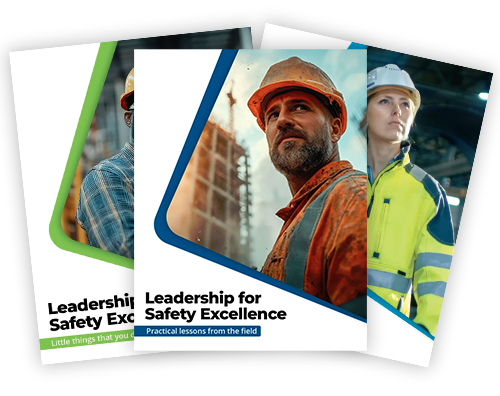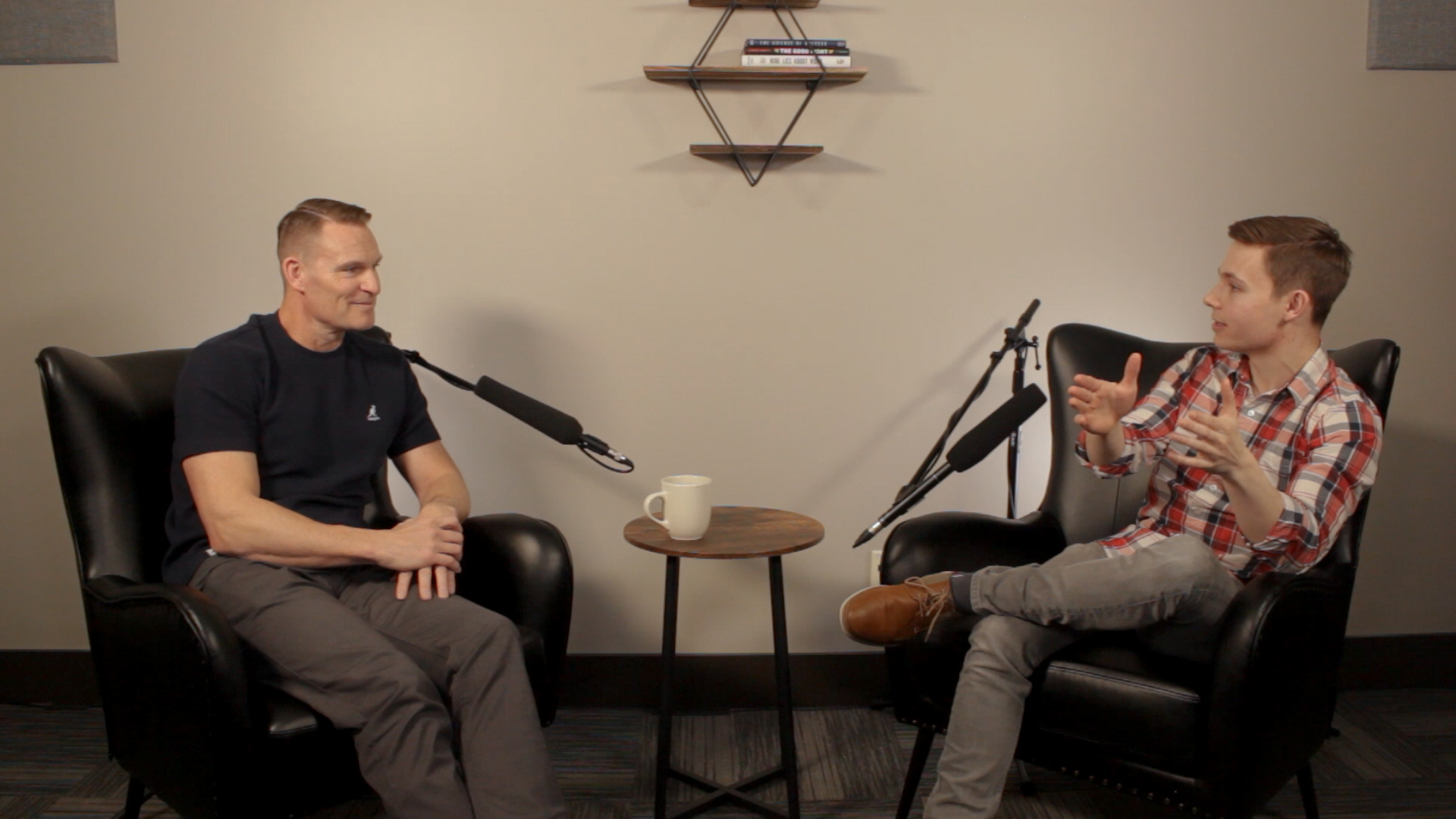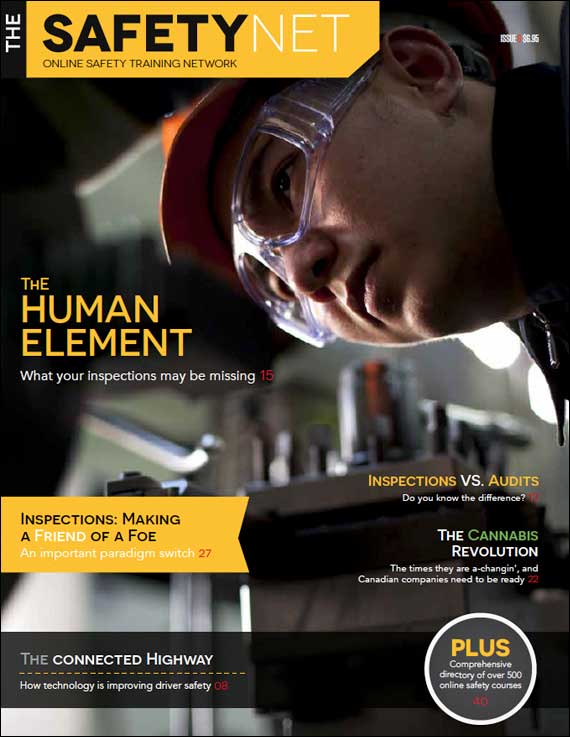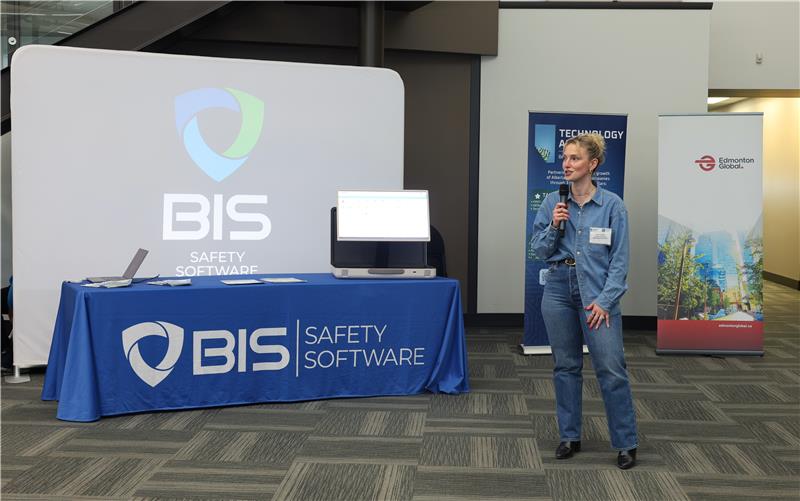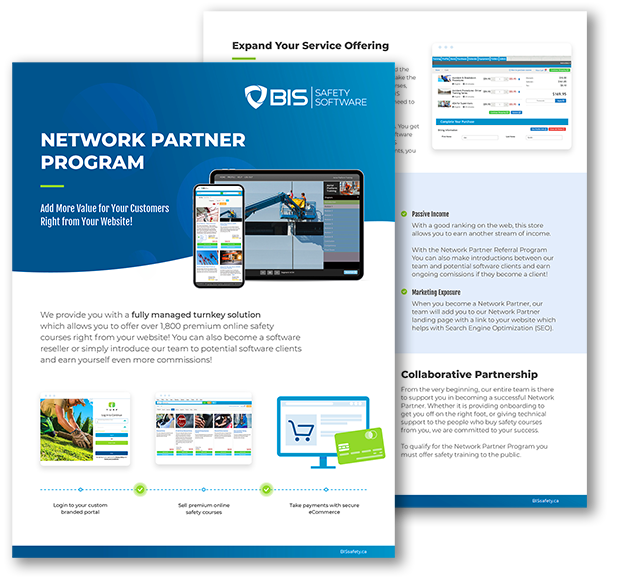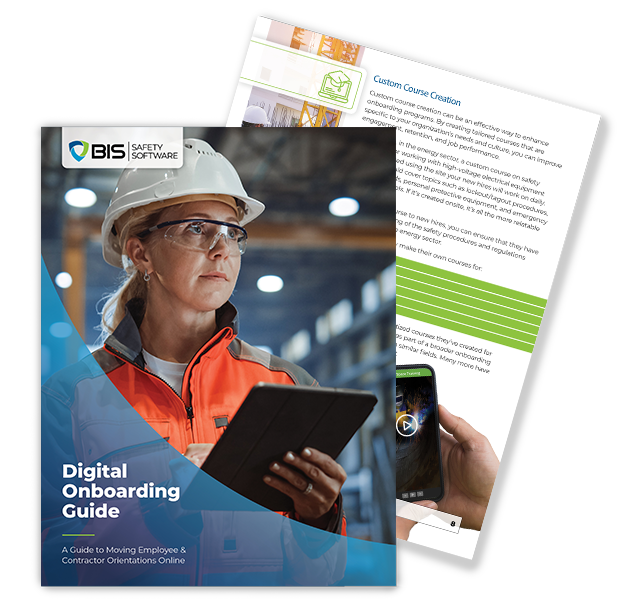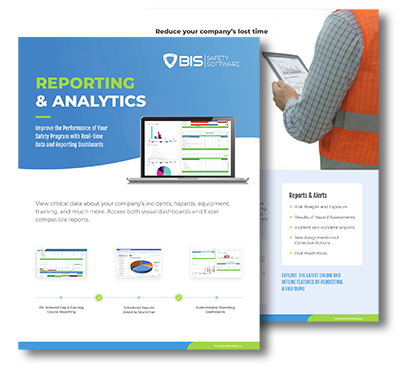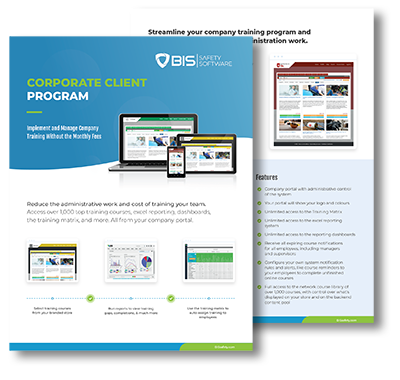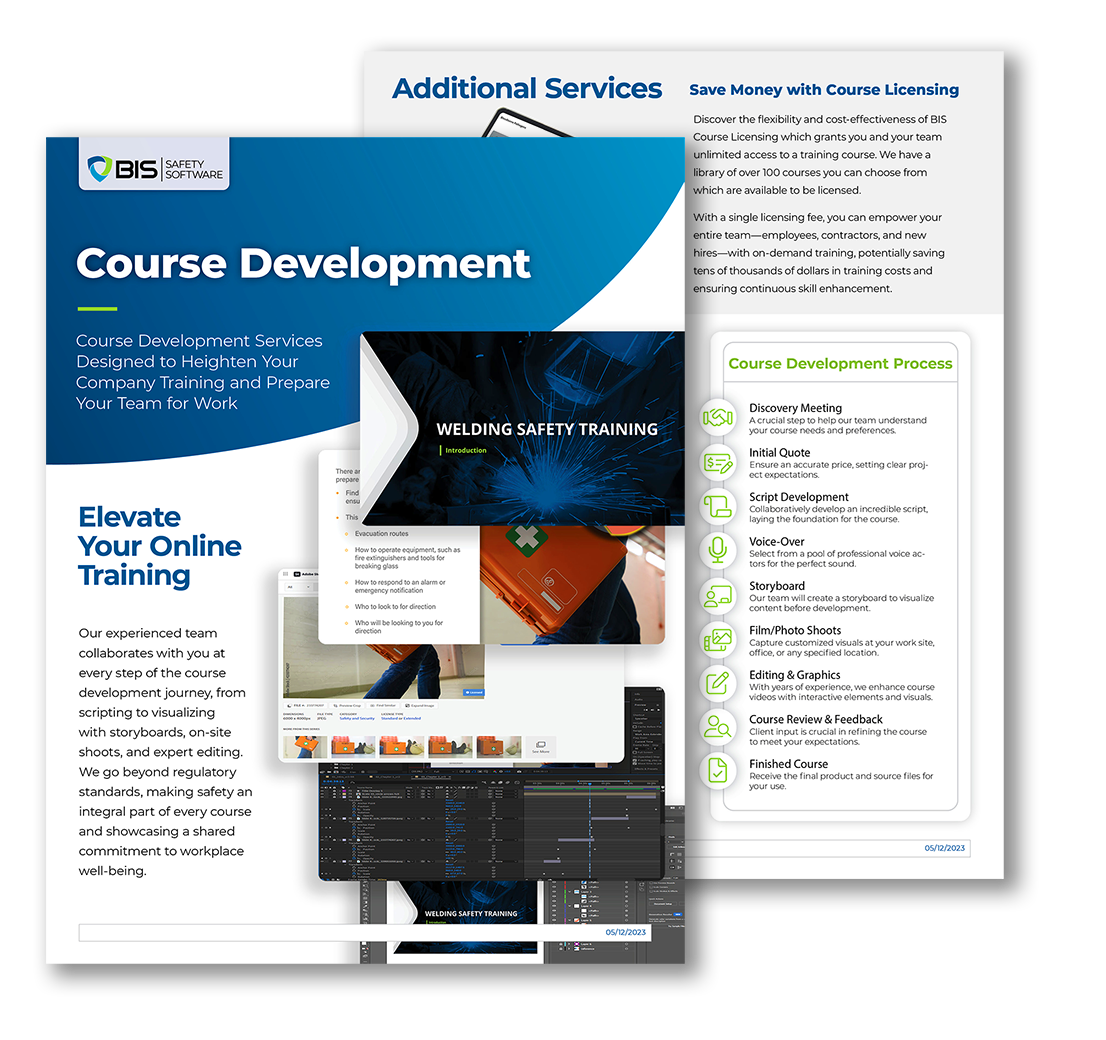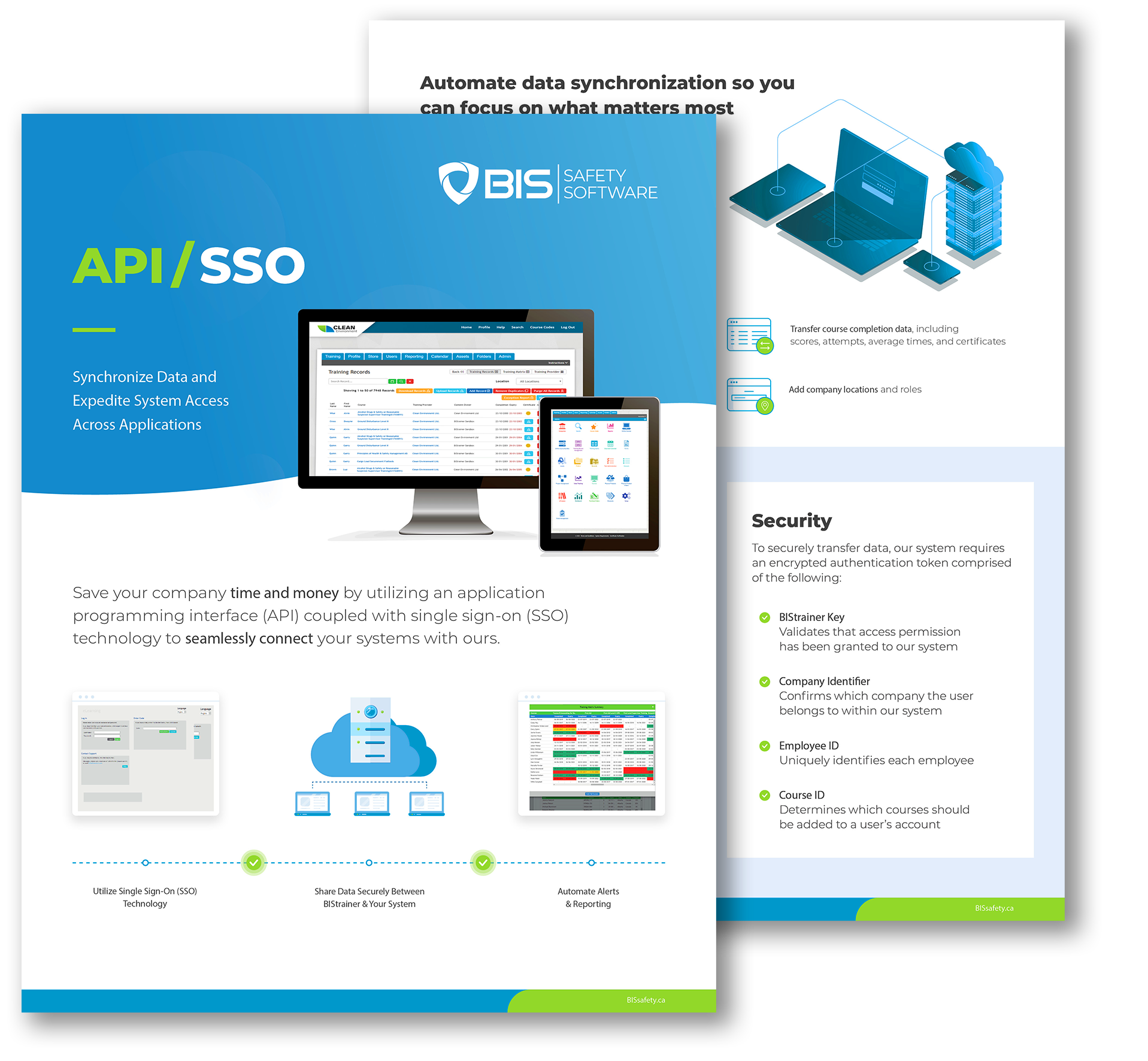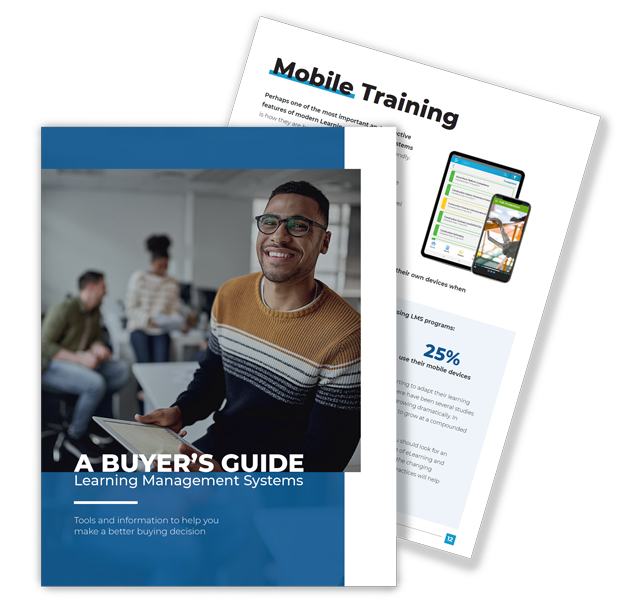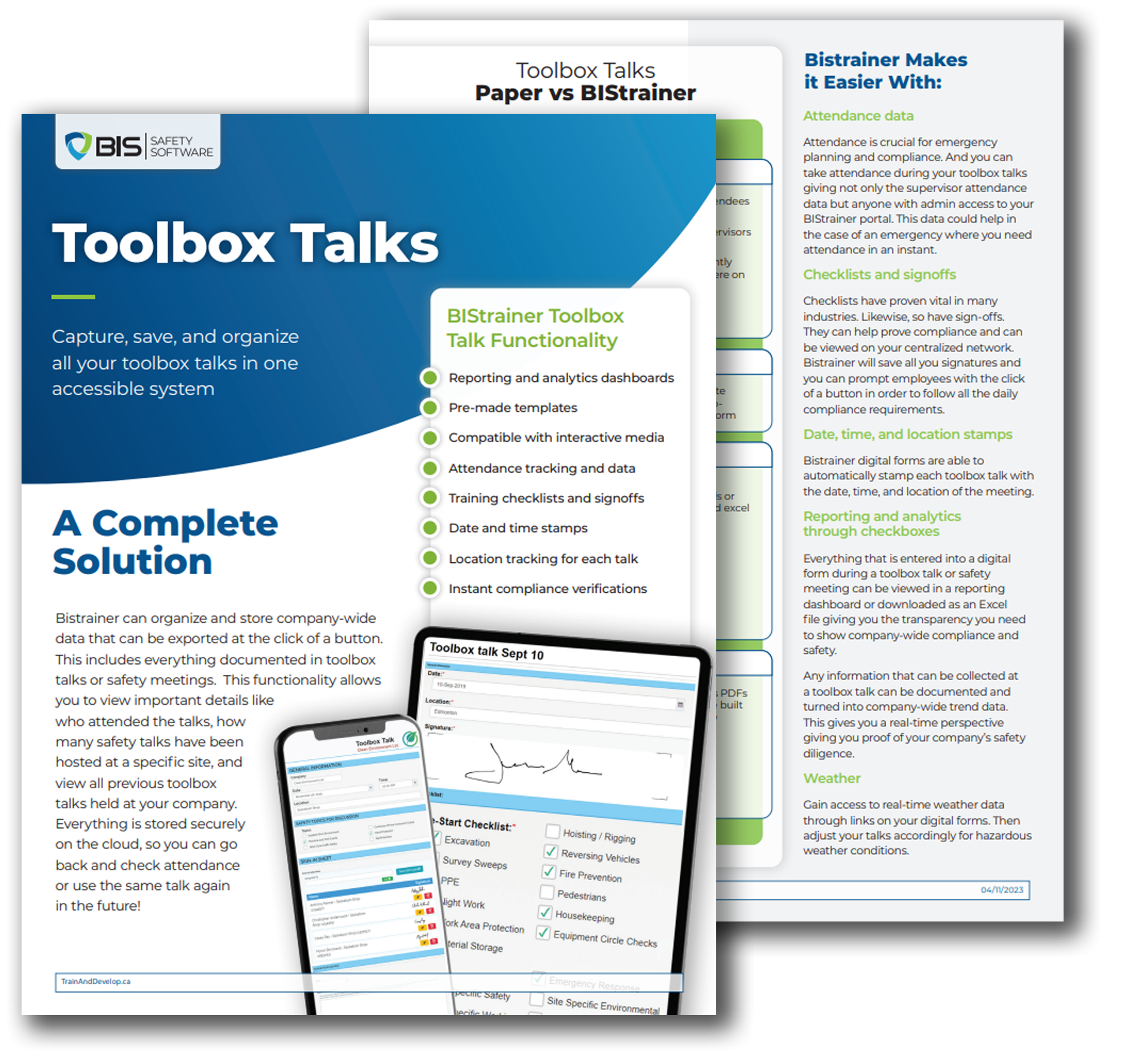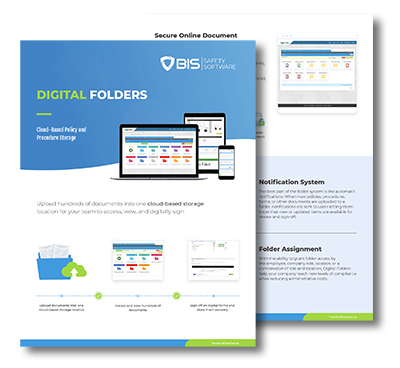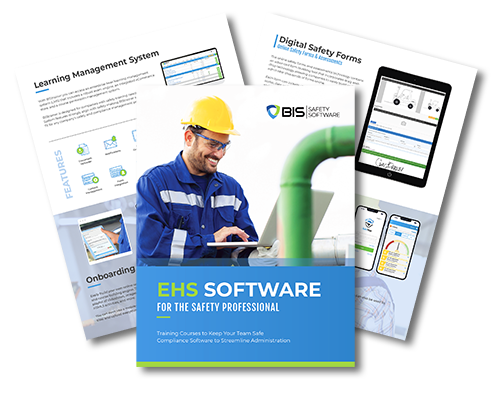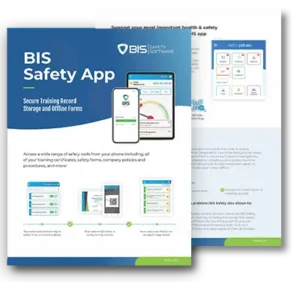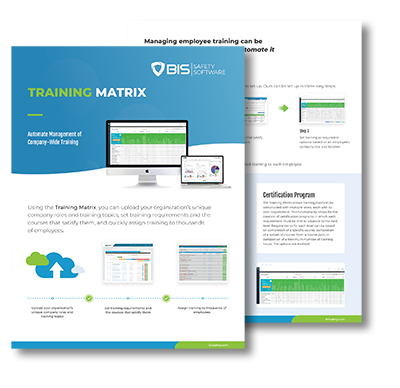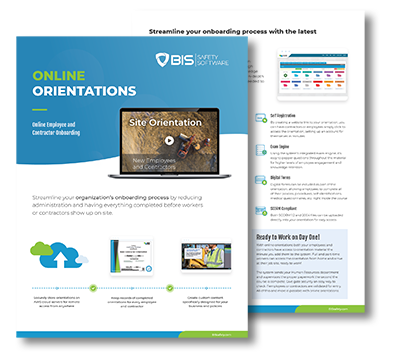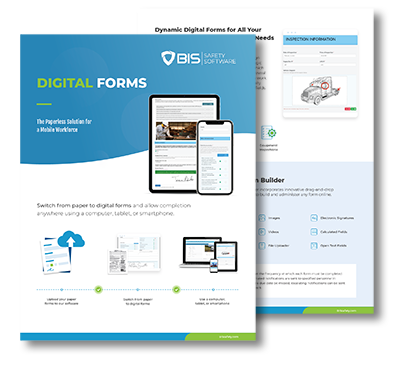Leadership and Worker Protection in Construction

Matt Gruetzman’s safety journey highlights why strong leadership, trust, and communication shape safer construction sites. His approach shows how people-focused leadership builds confidence, increases reporting, and keeps crews protected.
How Strong Safety Cultures Are Built—and Broken

Learn how companies like Alcoa and Kinder Morgan achieved safety excellence, discover key strategies to foster a safety-first mindset, explore common pitfalls that destroy culture, and understand why real leadership and employee engagement are critical to lasting safety change.
What Your First Workplace Injury Teaches You (The Hard Way)

Home Blog What Your First Workplace Injury Teaches You (The Hard Way) Learning moments from the field. By DanAdminCAD Facebook LinkedIn Every worker remembers their first workplace injury. Not because they want to, but because it changes the way they see safety forever. Maybe it was a bruised finger, a back injury from bad lifting, or a slip that sent you home for the day. Whatever it was, it taught you a lesson you’ll never forget. One that, in hindsight, was probably preventable. The Moment It Clicks Before an injury, it’s easy to assume accidents happen to other people. You might hear safety talks and think, “Yeah, yeah, I know.” Then one day, you don’t double-check a machine lockout. You skip the gloves. You take that shortcut. And suddenly, safety isn’t just a workplace rule, it’s personal. For many workers, that’s when it clicks: Safety rules aren’t about inconvenience. They’re there to help you! Common First Injuries (And What They Teach You) The “I Just Need to Grab This” Hand Injury Lesson learned: Gloves exist for a reason. Even a quick adjustment can put you at risk. A nick this time could mean stitches later. Don’t risk it! The “I Thought It Was Stable” Ladder Fall Lesson learned: Always check your footing. One moment of overconfidence can cost you. The “It Wasn’t That Heavy” Back Strain Lesson learned: Proper lifting techniques matter. Your spine doesn’t get a redo. You only have one spine, so play it smart! The “I’ll Be Quick” Electrical Shock Lesson learned: Lockout/tagout isn’t optional, full stop. The Cost Even small injuries have big consequences. A sprained wrist can mean lost wages. A bad cut can sideline you for weeks. A moment of carelessness is never worth it. And here’s the kicker, most first injuries don’t happen in high-risk situations. They happen in routine moments, when workers think they’re safe. How to Learn the Lesson Without the Pain Some people need to get hurt to take safety seriously, but in a perfect world, it shouldn’t come to that. There’s no better safety teacher than earnestly listening, and then applying lessons learned. Listen to veterans. If experienced workers say, “Don’t do that,” believe them. They’ve seen what happens. Follow the rules, even when no one’s watching. The shortcut that worked today could fail tomorrow. Think about life outside of work. Your job is important, but so is being able to pick up your kids, play sports, or even just move without pain. The Best Injury Is the One That Never Happens Ask any seasoned worker, and they’ll tell you: If they could go back, they’d do things differently. The best way to learn from your first workplace injury? Don’t have one. Stay sharp. Stay safe. Because no lesson is worth learning the hard way. Follow us! Stay up-to-date with the latest spotlight articles, podcasts, the SafetyNET Magazine, or our book on Leadership for Safety Excellence. All updates will be shared on our social channels, click below to follow us. Facebook Linkedin Related Articles All Posts #EmergencyPreparedness 2025 safety trends 360 Immersive 360immersive 6S Safety accident prevention accidental careers adjustable workstations adult education AI automation AI implementation AI in business AI in operations AI in Safety AI podcast AI strategy AI transformation Alberta safety courses Allan James Moore artificial intelligence asking for help audit findings audit readiness Audit Reporting automation in safety automation strategy avoidable injuries awareness Aztec Safety back strain BambooHR integration behavior-based safety Behavioral Safety behavioural safety biometric sensors BIS Podcast BIS Safety Podcasts BIS Safety Software BIS Safety Spotlight black holes Blame Culture BP Texas City Explosion Brave Leadership Brett Burkard burnout business automation Canadian OHS Canadian safety Canadian safety history Canadian safety standards carbon monoxide Carolynne Heron CCOHS chemical chemical vapors chronic injuries chronic pain cloud-based safety tools Coming Soon community safety programs Competency in Safety complacency in safety Compliance compliance courses Compliance In Canada compliance issues Compliance management Compliance Reporting compliance tools compliance tracking compliance training compliance vs protection Construction advocacy Construction education Construction industry construction safety construction safety training continuous improvement continuous safety improvement corporate culture corporate training corrective actions crane CSA standards Customer Spotlight Customer Spotlight Kevin Swinden Global Hazmat Safety Culture Hazmat Management Dangerous Goods Competency in Safety Workplace Risk Mitigation BIS Training Clients Canadian EHS customized training daily trip inspection Damage Prevention Dangerous Goods dangerous goods classification Danny Sellers data-driven safety Decision Analysis defect management defect tracking defensive driving DEI in onboarding digital compliance digital forms Digital Hazard Reporting Digital Onboarding digital safety Digital Safety Audits Digital safety systems digital safety tools digital safety transformation Digital Training Tools digital transformation DMS features document control document management system Dr. Joanna Pagonis Dr. Tom Krause driver file management driver training driving instructor program DTRMS e-learning e-learning tools eadership in safety early intervention education technology EHS EHS Adoption EHS Compliance EHS digital solutions EHS Inspections EHS Onboarding EHS software EHS tools Einstein electrical safety Emergency Action Plan emergency preparedness emergency response emergency supplies emotional training employee behavior employee engagement employee health Employee onboarding Employee Readiness employee safety employee training Energy Isolation ergonomic consulting ergonomic design ergonomic risks ergonomics Evacuation Procedures evidence collection EWI Works exoskeleton exoskeletons failure analysis fall protection fast onboarding field experience field level hazard assessments field safety field safety services Field Safety Technology Field-Friendly Software Fire Drills fire prevention Fire Safety Training first aid kit first week on the job first workplace injury fleet management fleet safety FLHA engagement FLHA Integration FMEA freight Frontline Engagement frontline safety future of work Global Hazmat gravitational waves hand injuries handling hazardous materials hands-on training hazard analysis hazard assessment compliance Hazard Awareness hazard communication Hazard Identification hazard prevention hazard recognition Hazardous Energy Control Hazmat Management Health & Safety Podcast health and safety hearing loss prevention hearing protection heavy equipment safety hidden workplace hazards high voltage systems HR automation HR software human factors human in the loop Human Performance human vs machine human-centered design human-centered safety humor in safety ICBC certification immersive learning Imposter
Safety Culture vs. Safety Theater

Home Blog Safety Culture vs. Safety Theater Are You Protecting Workers or Just Performing? Safety and morale or smoke and mirrors… By RDadiz Facebook LinkedIn Some workplaces talk a big game about safety. Posters on the walls. Slogans in emails. Maybe even a “Safety First” banner hanging in the breakroom. But when you look closer, it’s all for show. That’s safety theater, where rules exist on paper, but not in practice. Real safety culture is different. It’s not about looking compliant, it’s about keeping people alive. True safety culture means workers don’t just follow rules because they have to. They follow them because they understand why they exist. It’s a shift from treating safety as a burden to seeing it as a necessity. Companies that only focus on appearances end up with workers who go through the motions. Meanwhile, real hazards remain unchecked. When that happens, it’s not a question of if an accident will happen, but when. The Difference Between Culture and Theater Safety Theater refers to policies that look good on paper but don’t actually prevent accidents. These include excessive paperwork, pointless PPE rules, and outdated procedures that nobody follows. By contrast, Safety Culture is when workers at every level prioritize safety. They don’t just talk about safety. They take real steps to make it part of daily work and decision-making. In a strong safety culture, workers have the confidence to stop unsafe work. Shortcuts aren’t ignored, and training is more than just a requirement, it’s a priority. A strong safety culture means workers feel empowered to stop unsafe work. It means shortcuts don’t get ignored. It means training isn’t just a formality, it’s a priority. When safety theater takes over, companies create a false sense of security. Workers may assume they’re safe just because procedures exist. But if those procedures aren’t tested or enforced, they mean nothing. Real safety culture isn’t about checking boxes. It’s about making sure every worker goes home safe. Signs of Safety Theater Some companies think they’re prioritizing safety, but they’re really just checking boxes. Here’s how to tell the difference: Endless paperwork, but no real enforcement. If reports are filed but hazards don’t get fixed, it’s just theater. Workers afraid to report safety issues. If speaking up means punishment or being ignored, safety is just for show. Lip service from leadership. If managers push productivity over safety, their real priorities are clear. Outdated or irrelevant training. If workers aren’t learning anything useful, the training is just a box to check. Focus on blaming workers instead of fixing systems. Real safety looks at root causes, not just who messed up. No follow-through after incidents. If accidents happen but nothing changes, safety is not a real priority. One-size-fits-all rules. Every industry has different risks, blanket policies don’t address real hazards. More concern for compliance than real protection. Following the law is important, but real safety goes beyond minimum requirements. The Hidden Costs of Safety Theater A company that treats safety as a performance rather than a practice is playing a dangerous game. The hidden costs of safety theater go beyond injury rates: Employee disengagement. When workers know safety is just a show, they stop taking it seriously. Regulatory trouble. Compliance officers see through the act. Companies that fake safety will eventually face fines or shutdowns. Increased turnover. Employees don’t stay where they don’t feel safe. High injury rates lead to high quit rates. Legal liability. Faking safety won’t hold up in court. Companies can be sued for negligence if they fail to protect their workers. Building a Real Safety Culture Fixing safety theater takes real commitment. Here’s how workplaces can shift from performance to protection: Empower Workers to Speak Up. Workers should feel safe stopping work if they see something unsafe. They must trust that reporting hazards won’t lead to retaliation. Prioritize Training That Matters. Skip the generic safety videos. Teach workers about the specific risks they face daily. Fix Problems, Don’t Just Document Them. Reporting a hazard isn’t enough, companies need to act on it. Hold Leaders Accountable. Safety starts at the top. If management isn’t following the rules, workers won’t either. Measure Safety by Actions, Not Paperwork. Track real safety actions like near-miss reports, hazard fixes, and worker feedback. Don’t just count how many forms get filled out. Encourage Realistic Safety Drills. A fire drill where everyone casually walks to an exit isn’t enough. Make drills real. Add pressure. Test workers in situations that mimic actual emergencies. Reward Safe Behavior. When workers make safety-conscious decisions, recognize them. Positive reinforcement builds better habits than punishment. Invest in the Right Safety Tools. If a workplace demands PPE, make sure it’s comfortable and practical. Workers are more likely to use gear that fits well and doesn’t hinder their job. Make Safety Part of Everyday Conversations. Safety shouldn’t just be a monthly meeting topic. It should be discussed on job sites, in pre-shift meetings, and during training sessions. Audit Safety Practices Regularly. Don’t assume policies are followed, check them. Conduct surprise safety audits and correct issues immediately. Examples of Safety Culture vs. Safety Theater Imagine a warehouse that claims safety is a priority. Posters cover the walls, and training sessions are scheduled regularly. But in reality, workers are pushed to meet impossible quotas. Forklift drivers neglect seat belts. Safety violations are brushed aside in the name of productivity. Eventually, an accident happens, and suddenly, all those ignored risks become real consequences. Now, contrast that with a construction company that takes a different approach. After a close call, they don’t just sweep it under the rug. They start holding daily safety meetings and actively encourage workers to report near misses. Instead of ignoring potential risks, they address them head-on. Workers are rewarded for taking safety seriously, reinforcing a culture where speaking up is valued. Over time, injuries decrease, and workers become more engaged in safety efforts. The company earns a reputation for prioritizing protection over production speed. The difference between safety culture and safety theater is
The Safety Metrics That Matter
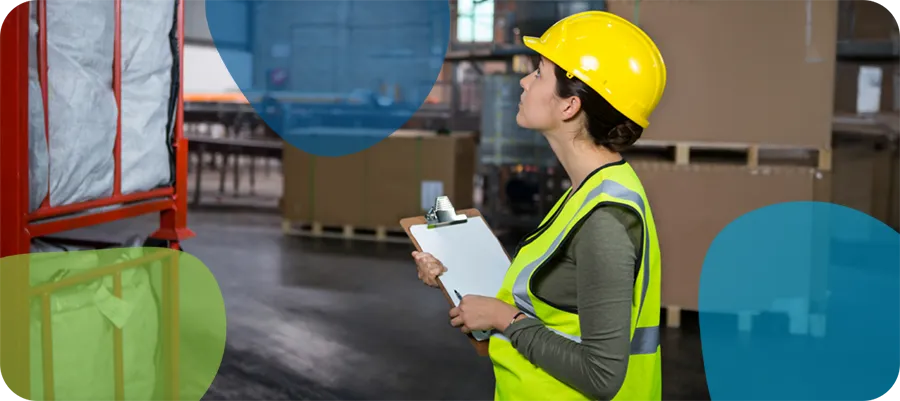
Home Blog The Safety Metrics That Matter How to Track and Improve Workplace Safety By RDadiz Facebook LinkedIn Safety in the workplace isn’t just a box to check, it’s a strategy that impactsproductivity, morale, and compliance. But how do you know if your safety efforts are truly working? Tracking the right metrics provides the clarity needed to assess your current programs, identify risks, and drive continuous improvement. Metrics are more than numbers, they’re a window into your organization’sstrengths and weaknesses. The right data shows what’s working, where gaps exist, and how to make real progress. This guide explores the key safety metrics every organization should track, why they matter, and how they can build a stronger, safer culture. Why Metrics Are Essential for Safety Management It’s easy to assume that safety efforts are effective simply because there hasn’t been a recent incident. But this reactive mindset leaves organizations vulnerable. Metrics allow you to move beyond assumptions and take a proactive approach. Here’s why tracking safety metrics is critical: Identify Trends: Metrics uncover patterns in incidents, near-misses, and compliance gaps, providing actionable insights. Set Priorities: Clear data highlights where to focus your efforts,whether it’s a particular department, process, or hazard. Measure Success: Safety initiatives need measurable goals. Metrics show whether you’re meeting them or need to adjust. Improve Accountability: Transparent data ensures everyone, from frontline workers to executives, understands their role in improving safety. Safety metrics turn vague objectives like “reduce accidents” into specific, trackable actions. They’re the foundation of a safety program that delivers real results. Key Takeaways The best safety programs are built on data, not assumptions. Metrics give leaders the visibility they need to prioritize, improve, and stay proactive. Leading indicators like near-miss reports and safety observations drive real change. They spotlight risk before it becomes an incident. Tracking compliance and training completion keeps your workforce prepared, and your business protected. It’s not just about meeting requirements; it’s about readiness. Technology turns data into decisions. Automation and dashboards streamline tracking, improve accuracy, and help you measure what really matters. The Safety Metrics That Matter Most Tracking safety data can feel overwhelming, especially with so many variables at play. To make the process manageable, focus on these key metrics that provide the most insight into your workplace safety efforts: 1. Incident Rates: The Safety Baseline What It Measures: The number of workplace injuries or illnesses over a specific period, often calculated per 100 full-time employees. Why It Matters: Incident rates are a critical measure of workplacesafety. A high rate signals systemic issues, while a declining rateindicates progress. How to Track: Calculate Total Recordable Incident Rate (TRIR) andcompare it against industry benchmarks. Break the data down further bydepartment or job role to identify problem areas. Example in Action: A manufacturing company notices its TRIR is higher than the industry average. By analyzing incident reports, they discover most injuries occur during equipment maintenance. This insight leads to additional training and updated safety protocols, reducing incidents over time. 2. Near-Miss Reports: Catching Problems Early What It Measures: Situations where an accident was narrowly avoided, such as a worker tripping over an unsecured cable but notfalling. Why It Matters: Near-misses provide critical warnings about potential hazards. They’re opportunities to fix problems before theycause harm. How to Track: Implement an easy-to-use reporting system and actively encourage workers to log near-misses. Track trends to pinpointrecurring risks. Example in Action: A manufacturing company notices its TRIR is higher than the industry average. By analyzing incident reports, they discover most injuries occur during equipment maintenance. This insight leads to additional training and updated safety protocols, reducing incidents over time. 3. Compliance Scores: Staying Ahead of Regulations What It Measures: How well your organization meets regulatory safety standards and internal policies Why It Matters: Falling out of compliance can lead to hefty fines, reputational damage, and operational delays. High compliance scoresindicate your processes are robust and up-to-date. How to Track: Conduct regular audits, inspections, and reviews of safety documentation. Use safety management software to streamlinecompliance tracking. Example in Action: During a routine audit, a logistics company identifies gaps in their chemical storage compliance. By updating training and implementing automated alerts for inspections, they prevent violations and maintain their safety record. 4. Training Participation and Completion: Building a Prepared Workforce What It Measures: The percentage of employees who have completed required safety training, as well as refresher courses. Why It Matters: Training ensures workers have the knowledge and skills to handle risks effectively. Low participation rates can indicategaps in your safety program. How to Track: Monitor training attendance and completion rates using a learning management system (LMS). Analyze data by team ordepartment to identify weak spots. Example in Action: : A healthcare provider notices low completion rates for fire safety training among night-shift staff. They adjust training schedules to accommodate night workers, increasing compliance and preparedness. 5. Safety Observations: Proactive Risk Management What It Measures: Observations conducted by managers or safety teams to evaluate workplace conditions and behaviors. Why It Matters: : Regular safety observations catch potential hazardsand reinforce accountability. They also provide insight into how wellsafety policies are being followed. How to Track: : Use standardized checklists during observations and log findings in a centralized system. Look for recurring issues and trackimprovements over time. Example in Action: : A food processing plant conducts monthly safety observations and notices inconsistent use of PPE in certain areas. They respond by reinforcing training and updating signage, improving compliance. How Tracking Metrics Drives Improvement What It Measures: Observations conducted by managers or safety teams to evaluate workplace conditions and behaviors. Why It Matters: : Regular safety observations catch potential hazards and reinforce accountability. They also provide insight into how wellsafety policies are being followed. How to Track: : Use standardized checklists during observations and log findings in a centralized system. Look for recurring issues and trackimprovements over time. Example in Action: : A food processing plant conducts monthly safety observations and notices inconsistent use of PPE in certain areas. They respond
The Seven Deadly Sins That Destroy Safety Culture

Home Blog The Seven Deadly Sins That Destroy Safety Culture By RDadiz Facebook LinkedIn Even the strongest safety cultures can be dismantled by a few key missteps. These are the seven deadly sins that can erode safety standards, diminish trust, and put lives at risk. Understanding them is the first step in preventing their destructive impact. 1. Double Standards: One Rule for Some, Another for Others One of the fastest ways to destroy a safety culture is to enforce rules inconsistently. If leadership disregards safety policies while expecting employees to follow them, resentment and noncompliance will spread. Occupational Health and Safety Officer Ted Lane recalls, “I’ve seen situations where the sign on the shop door says ‘Safety glasses must be worn,’ but the boss walks in without them. If leadership doesn’t follow the rules, don’t expect anyone else to.” 2. Top-Down Directives Without Worker Input Safety policies that are dictated from the top down, without input from frontline workers, often fail. Employees who aren’t consulted see policies as bureaucratic red tape rather than measures designed to protect them. Sharon Cole, an OHS Consultant, advises, “If you’re writing a safety policy, involve the workers it will affect. They’re the ones on the frontlines, and their input makes policies practical and enforceable.” 3. Tolerating Negative Attitudes Toward Safety A single bad attitude can spread like wildfire. Workers who scoff at safety meetings, dismiss concerns, or ignore protocols undermine the organization’s culture. If their behavior is left unchecked, it signals that safety isn’t truly a priority. Ted Lane emphasizes, “Zero tolerance for bad safety performance is crucial. Whether it’s the boss’s son or your most experienced worker, if they refuse to comply with safety rules, they need to go.” 4. Shifting Priorities: Safety Takes a Back Seat Many companies claim safety is their top priority, until deadlines or costs are at stake. When safety is sacrificed for productivity, employees receive a clear message: safety only matters when it’s convenient. This erodes trust and encourages unsafe behaviors. 5. Failing to Lead by Example When supervisors and executives fail to embody the safety standards they expect from employees, it weakens the entire culture. A strong safety culture starts at the top and trickles down. Patrick Cantner, HSE Director of Willbros Canada, warns, “If you say, ‘Production done in the absence of safety will not be valued or rewarded,’ but then allow it to happen, you’ll destroy your safety culture.” 6. Punishing Workers for Reporting Issues If employees who report unsafe conditions or incidents are reprimanded instead of supported, they will stop coming forward. A culture of fear leads to underreporting, which increases risk. Marcia Minto, an OH&S Program Manager, states, “If someone reports an issue and is yelled at by management, they won’t come forward next time. Employees need to feel empowered, not afraid.” 7. Complacency: The Silent Killer Organizations that have gone a long time without an incident often become overconfident. Safety policies become lax, assumptions replace vigilance, and standards begin to slip. Over time, this complacency spreads, erasing years of hard work in building a safety culture. The moment an organization assumes it has ‘solved’ safety, it has already taken a step backward. Preventing the Seven Deadly Sins To maintain a strong safety culture, organizations must actively identify and counter these pitfalls. Leaders must lead by example, workers must feel empowered to participate, and safety must be a genuine, unwavering priority. The key takeaway? Building a safety culture is difficult, but destroying one is easy. Organizations must remain vigilant to ensure safety is not just a policy, but a deeply ingrained part of workplace operations. Follow us! Stay up-to-date with the latest spotlight articles, podcasts, the SafetyNET Magazine, or our book on Leadership for Safety Excellence. All updates will be shared on our social channels, click below to follow us. Facebook Linkedin Related Articles All Posts #EmergencyPreparedness 2025 safety trends 360 Immersive 360immersive 6S Safety accident prevention accidental careers adjustable workstations adult education AI automation AI implementation AI in business AI in operations AI in Safety AI podcast AI strategy AI transformation Alberta safety courses Allan James Moore artificial intelligence asking for help audit findings audit readiness Audit Reporting automation in safety automation strategy avoidable injuries awareness Aztec Safety back strain BambooHR integration behavior-based safety Behavioral Safety behavioural safety biometric sensors BIS Podcast BIS Safety Podcasts BIS Safety Software BIS Safety Spotlight black holes Blame Culture BP Texas City Explosion Brave Leadership Brett Burkard burnout business automation Canadian OHS Canadian safety Canadian safety history Canadian safety standards carbon monoxide Carolynne Heron CCOHS chemical chemical vapors chronic injuries chronic pain cloud-based safety tools Coming Soon community safety programs Competency in Safety complacency in safety Compliance compliance courses Compliance In Canada compliance issues Compliance management Compliance Reporting compliance software compliance tools compliance tracking compliance training compliance vs protection Construction advocacy Construction education Construction industry construction safety construction safety training continuous improvement continuous safety improvement corporate culture corporate training corrective actions crane CSA standards Customer Spotlight Customer Spotlight Kevin Swinden Global Hazmat Safety Culture Hazmat Management Dangerous Goods Competency in Safety Workplace Risk Mitigation BIS Training Clients Canadian EHS customized training daily trip inspection Damage Prevention Dangerous Goods dangerous goods classification Danny Sellers data-driven safety Decision Analysis defect management defect tracking defensive driving DEI in onboarding digital compliance digital forms Digital Hazard Reporting Digital Onboarding digital safety Digital Safety Audits Digital safety systems digital safety tools digital safety transformation Digital Training Tools digital transformation DMS features document control document management system Dr. Joanna Pagonis Dr. Tom Krause driver file management driver training driving instructor program DTRMS e-learning e-learning tools eadership in safety early intervention education technology EHS EHS Adoption EHS Compliance EHS digital solutions EHS Inspections EHS Onboarding EHS software EHS systems EHS tools Einstein electrical safety Emergency Action Plan emergency preparedness emergency response emergency supplies emotional training employee behavior employee engagement employee health Employee onboarding Employee Readiness employee safety employee training Energy Isolation ergonomic consulting ergonomic design ergonomic risks ergonomics Evacuation Procedures evidence collection



